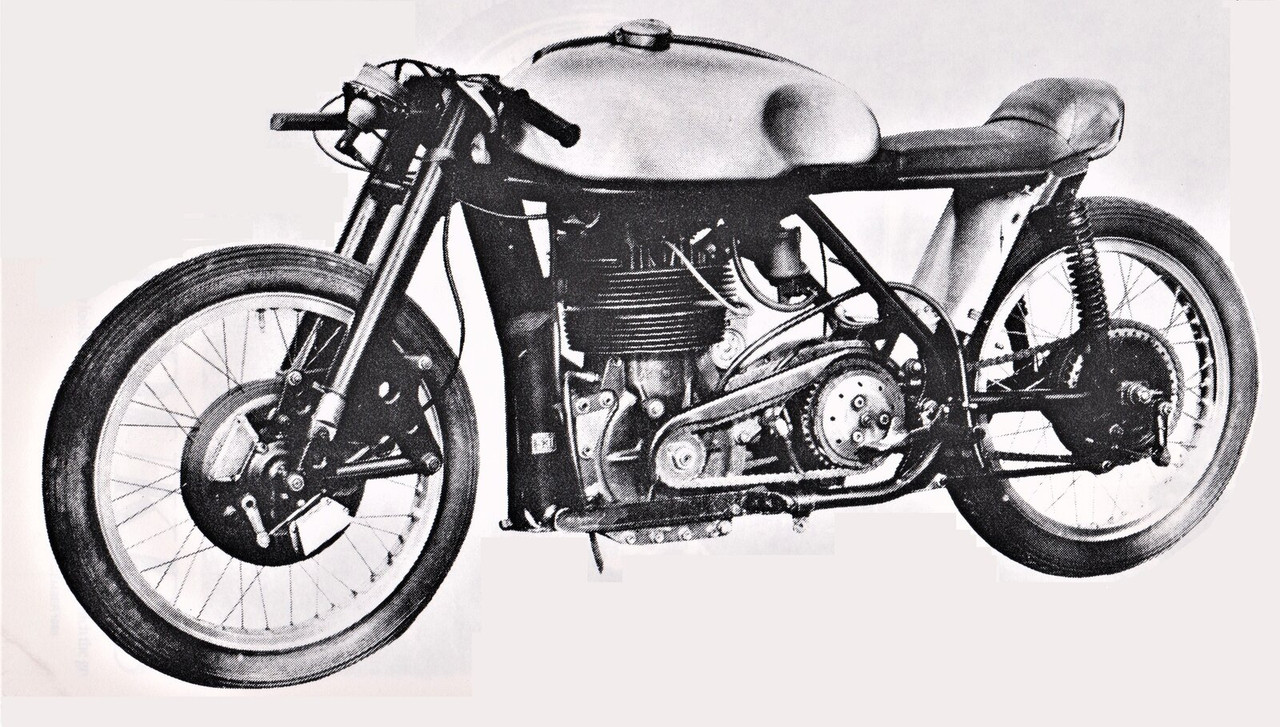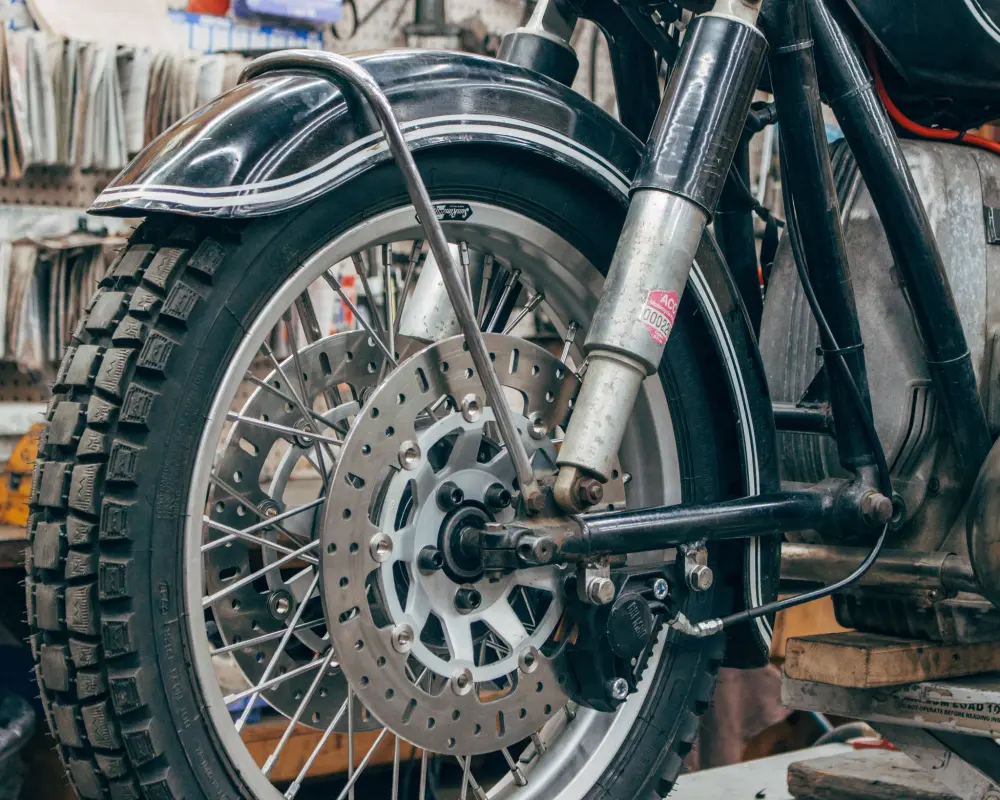- Joined
- Jun 30, 2012
- Messages
- 14,922
I can think of a good reason to have oil in frame in front of the motor,
The main reason a Manx usually handles better than a Triton hen they both have the Manx frame and 19 inch wheels, is the position of the centre of gravity. A manx feels much more positive when you gas it hard in corners, and you are less likely to drop it. When you gas a bike in corners the front lifts and the trail on the steering increases. If the bike has neutral steering, it feels OK, but can never gas it as hard as one which oversteers. Fearher beds have as much trail as they can get without increasing the rake - the yoke has minimimum offset. If the bike is light in the front, it will tell you to back off. With the weight forward, it taskes more power to lift the front, so more goes out throght the tyre cvontact patch while bike stays more upright.
When the two strokes arrived, they had neuatral steering and the centre fof gravity was closer to the middle between the wheels. They had much more lean. But you could not gas them in corners anyway because of the power chracteristics. So it was always the blast down the front straight which counted.
What you lose in the corners. you must make-up doen the straights. And vice-versa. What you lose in the corners, you must make up down the sraights. I would rather ride a Manx any day before a two-stroke. They are much more fun.
MY mate's Triton has neutral steering, it is pleasant in corners and quich down the straights. My Triton 500 had weight bias further sorward and was much quicker in corners, but needed two more speeds down the straights. I could gear it low for corners and then get passed towards the ends of the straights when itv ran out of go.
The main reason a Manx usually handles better than a Triton hen they both have the Manx frame and 19 inch wheels, is the position of the centre of gravity. A manx feels much more positive when you gas it hard in corners, and you are less likely to drop it. When you gas a bike in corners the front lifts and the trail on the steering increases. If the bike has neutral steering, it feels OK, but can never gas it as hard as one which oversteers. Fearher beds have as much trail as they can get without increasing the rake - the yoke has minimimum offset. If the bike is light in the front, it will tell you to back off. With the weight forward, it taskes more power to lift the front, so more goes out throght the tyre cvontact patch while bike stays more upright.
When the two strokes arrived, they had neuatral steering and the centre fof gravity was closer to the middle between the wheels. They had much more lean. But you could not gas them in corners anyway because of the power chracteristics. So it was always the blast down the front straight which counted.
What you lose in the corners. you must make-up doen the straights. And vice-versa. What you lose in the corners, you must make up down the sraights. I would rather ride a Manx any day before a two-stroke. They are much more fun.
MY mate's Triton has neutral steering, it is pleasant in corners and quich down the straights. My Triton 500 had weight bias further sorward and was much quicker in corners, but needed two more speeds down the straights. I could gear it low for corners and then get passed towards the ends of the straights when itv ran out of go.




